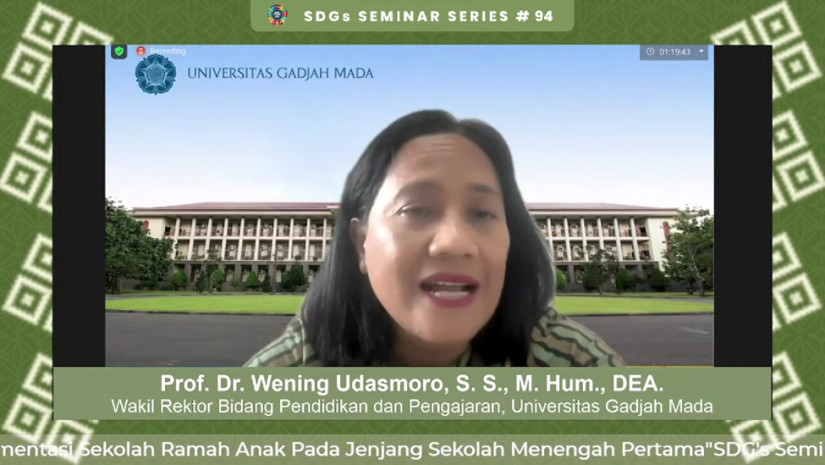
The high incidence of violence against children in schools is increasingly concerning. Data from the Indonesian Ministry of Women Empowerment and Child Protection recorded 251 children aged 6-12 years as victims of violence in schools in 2023.
Each level of education produces varying rates of violence. This underlies the establishment of the Child-Friendly School (SRA) Program in 2015.
Elvi Hendrani, Deputy Assistant of the Ministry of Women Empowerment and Child Protection, emphasized the urgency of implementing SRA for the children’s behavior and social environment in schools.
Children spend 8-10 hours a day at school, which makes the potential for violence against children in school environments high.
Apart from violence, threats such as the distribution of Narcotics, Psychotropics, Addictive Substances (NAPZA), smoking, and radicalism have been penetrating elementary school levels.
The lack of support from parents and teachers in preventive efforts exacerbates these threats.
“The drug dealers have begun to act while children are in elementary school. They are prone to becoming tobacco addicts. The average beginner smokers in Indonesia are elementary school children. Many in junior high and high school have started to become addicted to cigarettes, so this is very dangerous,” said the deputy assistant.
“Another issue is school policies based on punishment. The chain of violence in schools remains unresolved, and children perform acts of violence. Because of the habit, every time a child performs an act of violence, they are punished.”
Elvi Hendrani spoke on this during the SDGs Seminar by the UGM Faculty of Geography titled “Implementation of Child-Friendly Schools in Junior High School” on Tuesday (October 31).
The implementation of the SRA concept emphasizes the educational unit’s ability to provide the fulfillment of rights and special protection for children, including a mechanism for lodging complaints.
Four SRA concepts are the most significant challenges: first, changing the paradigm from teaching to mentoring; second, adults provide role models in educational units; third, ensuring the full involvement of adults in protecting children; and fourth, ensuring the active participation of parents and children in meeting the SRA components.
“These three pillars of Child-Friendly Schools are where children are happy, teachers are calm, and parents are content. So all aspects here, especially these three aspects, play an active role in protecting children from violence,” Hendrani added.
“It’s not just the institutions’ role; parents also contribute. Teachers’ roles are not just about providing material, but being role models and guiding children’s behavior.”
Not only in elementary and junior high schools, higher education institutions have also received attention regarding the increasing number of violence cases in recent years.
“UGM has recently launched four violence modules at the beginning of last year. The first module is physical violence. The second is psychological violence. The third is social violence, including sexual violence. And the fourth is ideological violence. All of these support the Sustainable Development Goals (SDGs),” revealed the UGM Vice-Rector for Education and Teaching, Professor Wening Udasmoro.
Realizing the goals of sustainable development needs to be conducted in a top-down and bottom-up manner. This means that the government, as the policy maker, will only succeed with implementing efforts from the community and educational institutions themselves.
UGM strongly condemns violent actions in educational institutions, whether verbal or non-verbal. Regulations for preventing sexual harassment and violence have been issued by UGM since 2021.
This commitment is also realized through counseling and reporting units provided for the entire academic community in case of violence in the learning environment.
Alongside this commitment, UGM also supports the strengthening of anti-violence in elementary and junior high schools. Through this step, educational units are expected to create a safe, comfortable, and violence-free learning environment.
Author: Tasya

